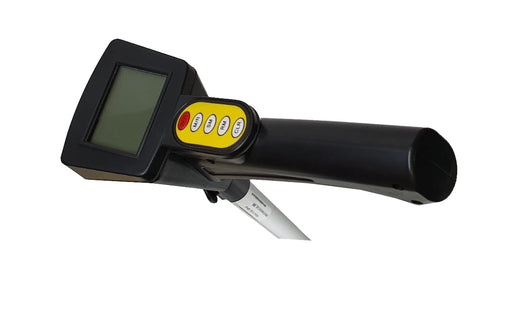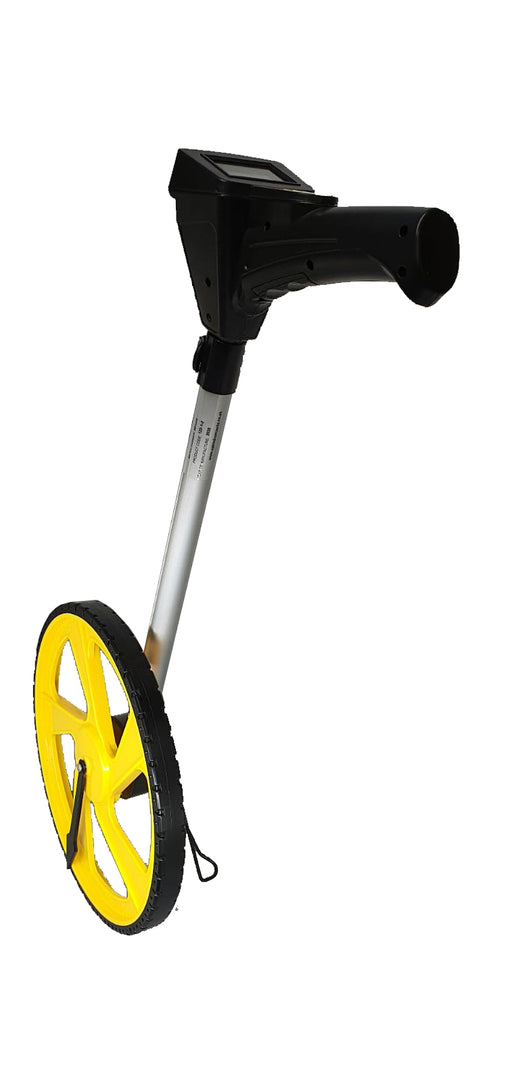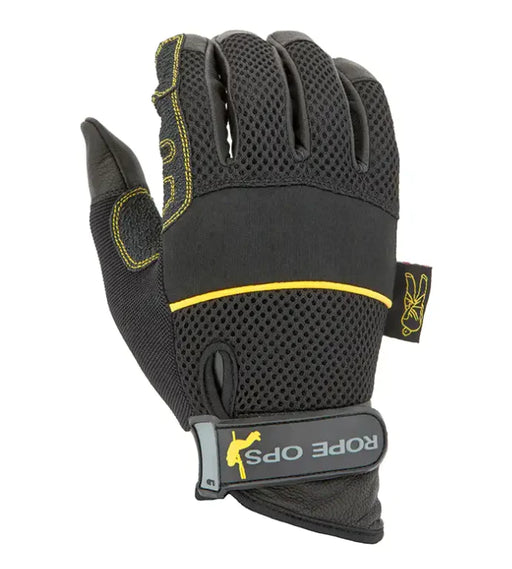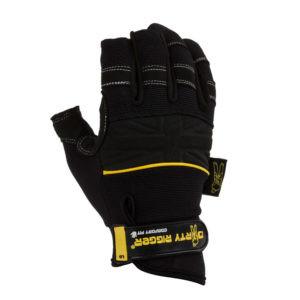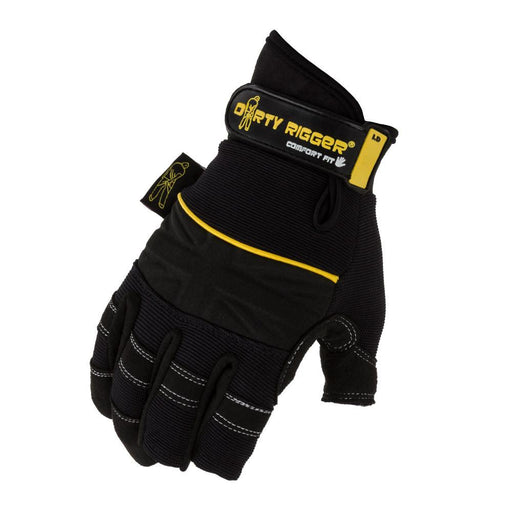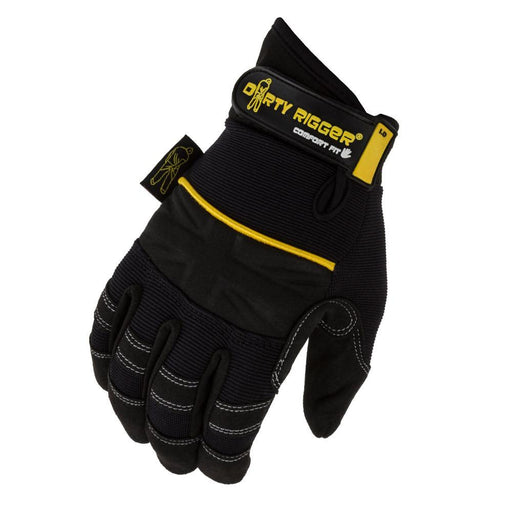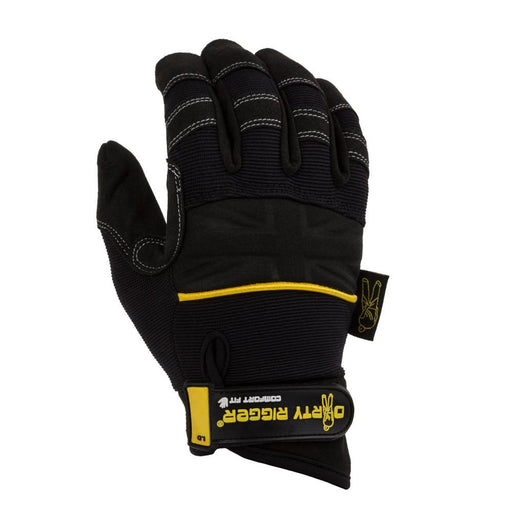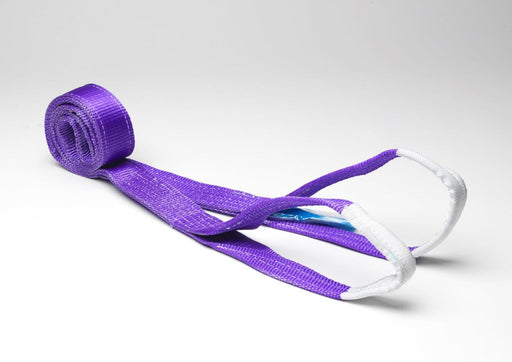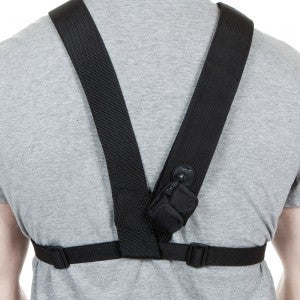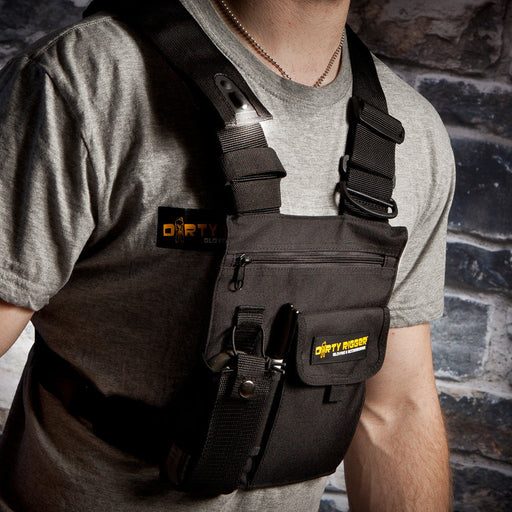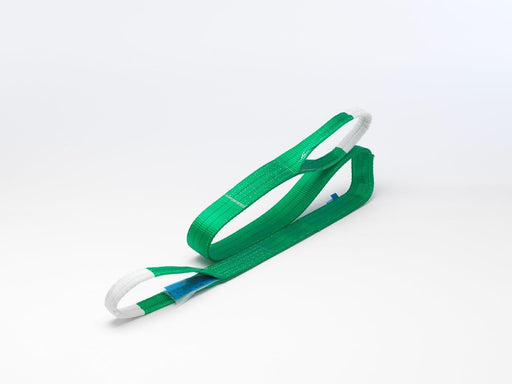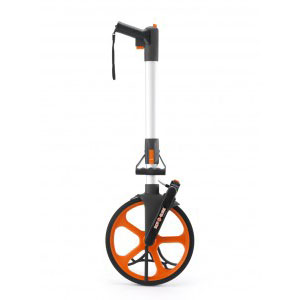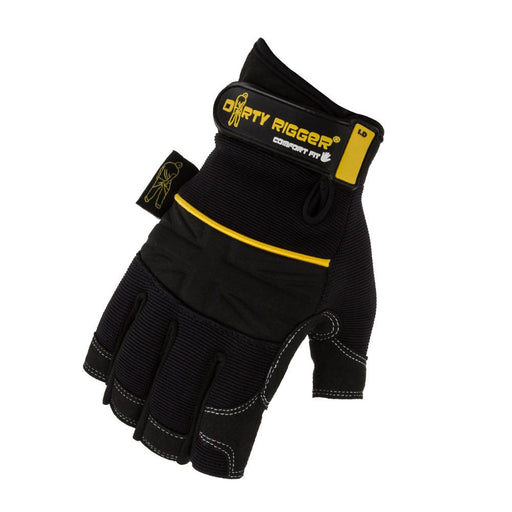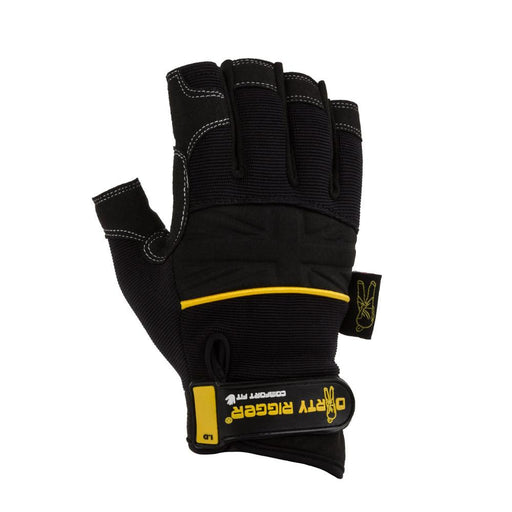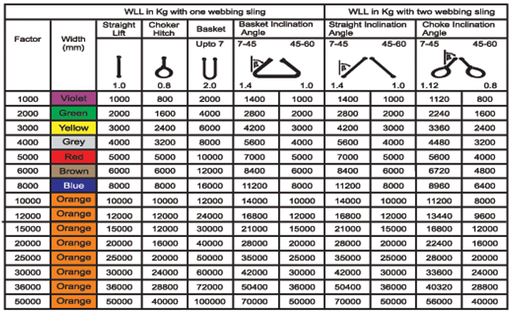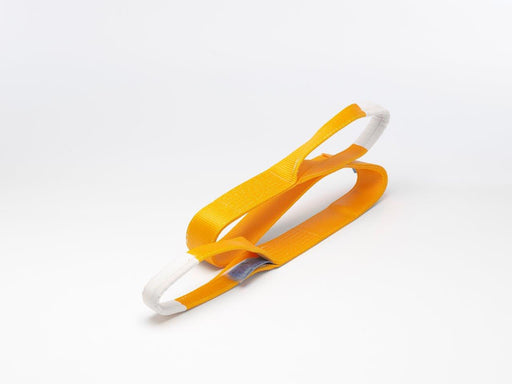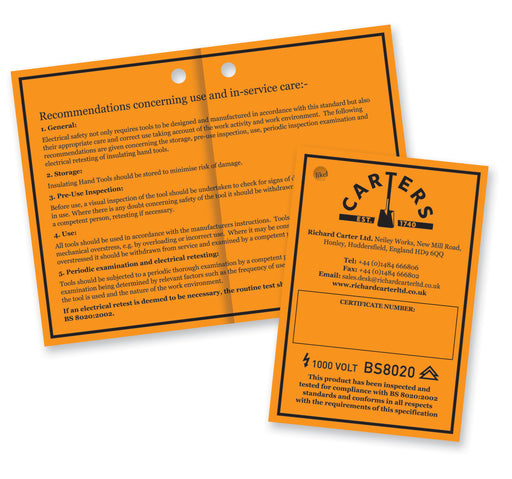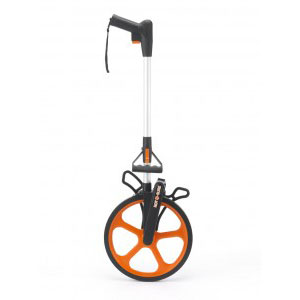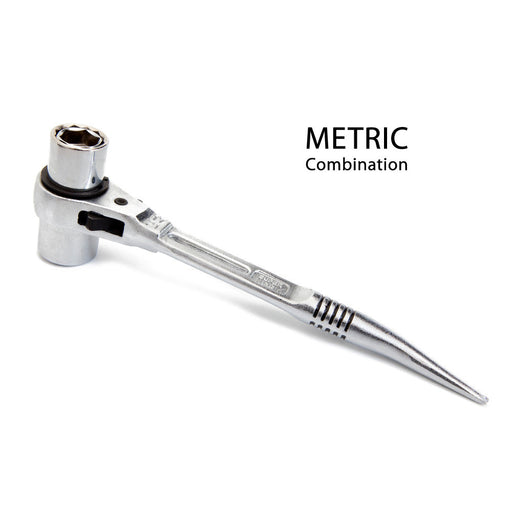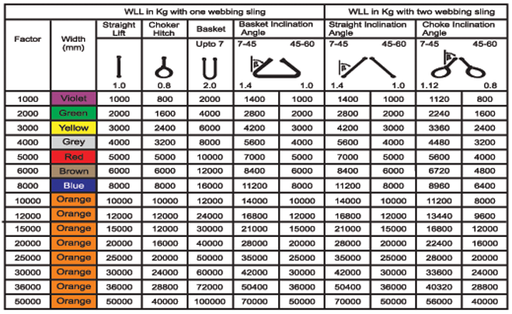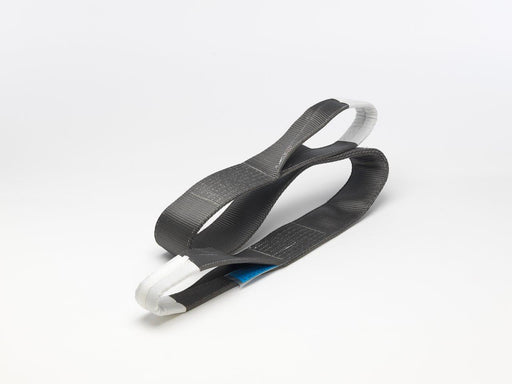What other equipment can be used with cabling equipment?
To ensure a smooth and efficient installation, cabling equipment is often used alongside various tools designed to improve handling and performance. Cable drum jacks and hydraulic jacks provide stability when lifting and supporting heavy-duty drums, while cable drum rotators allow for controlled unwinding during cable pulling.
For guiding cables over long distances, cable rollers help reduce friction and prevent damage, making them essential for managing cable drum handling on-site. When working with underground installations, duct equipment such as measuring wheels ensures accurate cable placement, while additional accessories like pulleys and cable socks improve maneuverability. Combining these tools with high-quality cabling equipment enhances efficiency, reduces strain, and ensures a safer installation process.
How does an insulated shovel enhance safety during cable installation when using cable handling equipment?
An insulated shovel is a crucial safety tool for excavation work near underground cables. Designed with a fully insulated shaft and handle, it provides protection against accidental contact with live cables, reducing the risk of electric shock.
These shovels are rigorously tested to withstand high voltages, making them ideal for safely digging around buried utilities. They are commonly used in conjunction with other shocksafe tools , such as insulated spades and crowbars, to ensure safer handling of cables during installation or maintenance.
Using an insulated shovel helps prevent damage to underground cables while prioritising worker safety. For added protection, it should be paired with proper personal protective equipment (PPE) accessories and careful excavation techniques.
Why are measuring wheels essential for both cable handling equipment and cable installation equipment?
Measuring wheels provide accurate distance measurements, helping to determine the exact length of cable required for a project. This prevents excess waste and ensures efficient planning, reducing the risk of shortages or unnecessary excess.
They are particularly useful when laying cables over long distances, such as in underground ducting or large-scale electrical installations. By measuring the route beforehand, installers can ensure cables are cut to the right length, improving precision and minimising errors.


